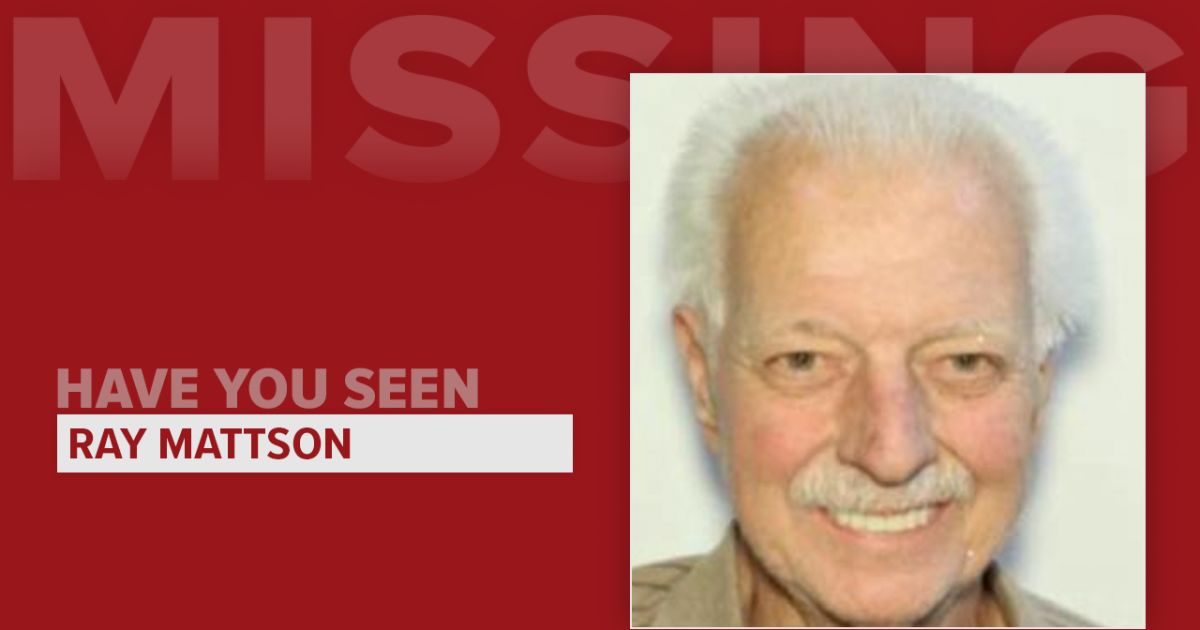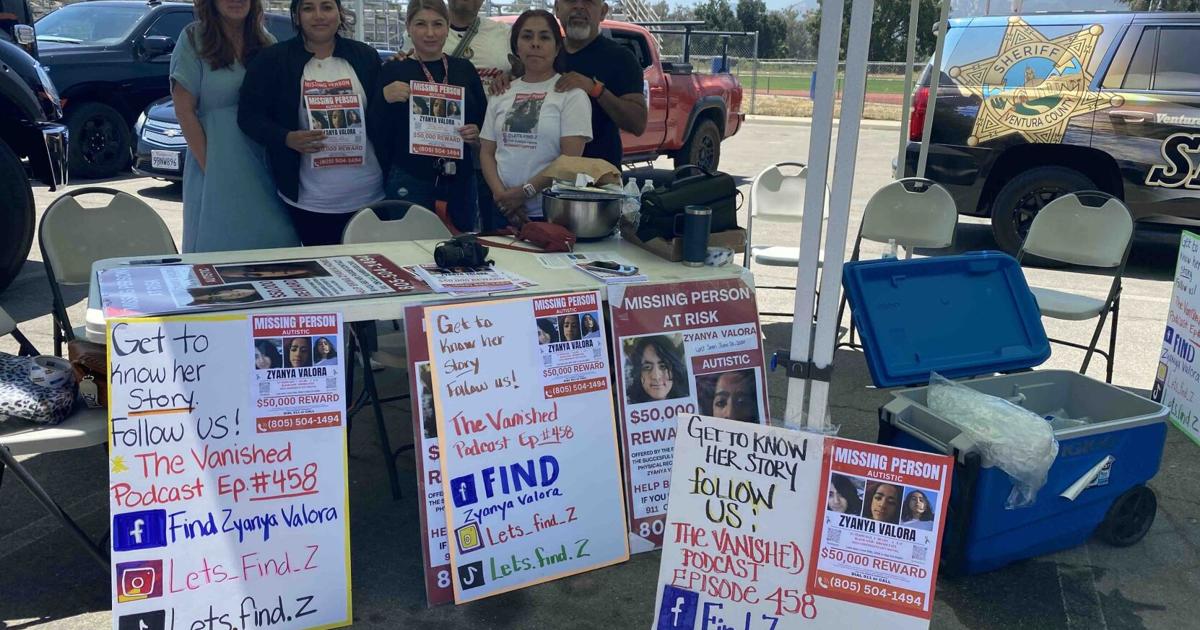
The US Supreme Court agreed to hear several cases corporate America brought seeking to rein in class actions this term only to later say they shouldn’t have taken the appeals.
In an unsigned opinion on Thursday, the justices “dismissed as improvidently granted” Labcorp’s bid to limit who can join a class action that accuses the health-care company of discriminating against blind people. A so-called DIG occurs when the justices think they never should have taken up the case in the first place.
It was the third “DIG” of the term after securities fraud class actions involving Meta Platforms Inc.’s Facebook and Nvidia Corp. were also dismissed.
It’s an emerging and potentially worrisome pattern that has litigants expending resources to argue cases the court should’ve rejected. It appears the justices haven’t quite figured out a way, despite efforts, to vet cases before deciding to hear them.
“The court seems pretty eager to take up cases in which the plaintiffs have prevailed in class actions below and that may be coloring their vision as to whether the court should take the case until they actually get down to it in the merits,” said Alan Morrison, a George Washington University Law professor who’s argued 20 cases before the court.
Procedural Hurdle
Gupta Wessler founder Deepak Gupta, who represented the plaintiffs in defending their class certification against Labcorp’s challenge, noted the similarities in all three cases.
“The three DIGs were all in class action cases, all from the Ninth Circuit, all from petitions filed by repeat-player Supreme Court advocates at large corporate law firms,” Gupta said.
The first two came early in the term in Facebook v. Amalgamated Bank and Nvidia Corp. v. E. Ohman Founder AB. In both, the justices initially agreed to resolve what were teed up as circuit splits on how investors could successfully plead fraud class actions against corporations.
At the time, securities law experts told Bloomberg Law that the dismissals were likely due to potential unintended consequences that arose during oral arguments.
The latest, involving Labcorp, sought to put limits on who could join a class action. Labcorp argued classes can’t include people who haven’t been injured by the self-serve kiosks that blind patients claim violate the Americans with Disabilities Act.
Cory Andrews, of the Washington Legal Foundation, noted that a potential procedural hurdle was similarly identified during arguments in Labcorp. In particular, the class that Labcorp appealed was later redefined in a subsequent class certification order. That seemed to trouble several of the justices during arguments.
“We now know that those justices who doubted whether Labcorp’s case was suitable to resolve the circuit split carried the day,” Andrews said.
Wasting Resources
The justices try to avoid DIGs as they are seen as a waste of both the parties’ and the court’s resources.
About a decade ago, after a high number of DIGs, the court instituted a new step in scrutinizing cases for review known as a relist.
The justices now routinely consider the case in at least two of their private conferences before granting them, presumably to check if there are any procedural quirks that might prevent them from resolving the case.
“That doesn’t seem to have solved the problem,” Morrison said, adding it might be because law clerks are the ones checking for potential issues.
“If you’re asking law clerks, who are basically two or three years out of law school, to see these jurisdictional and other flaws, they aren’t likely to be very good at it,” he said.
Justice Brett Kavanaugh made the somewhat rare move of dissenting from the decision to dismiss Labcorp’s case.
“The Court presumably dismisses the case because the Court does not want to tackle the threshold mootness question that plaintiffs have raised,” he said.
Typically, the order dismissing the case is one sentence: “The writ of certiorari is dismissed as improvidently granted.”
“Historically the Court has only indicated in less than half of the cases why it was DIGing,” University of Cincinnati law professor Michael Solimine said.
Solimine called Kavanaugh’s explanation a good thing. The court should be more transparent about why it’s dismissing a case, especially since “the parties and the Court itself expended resources and time dealing with the case,” he said.



